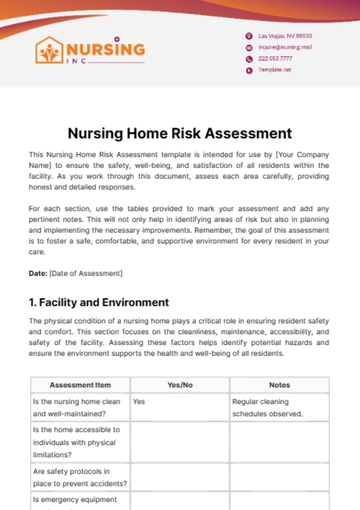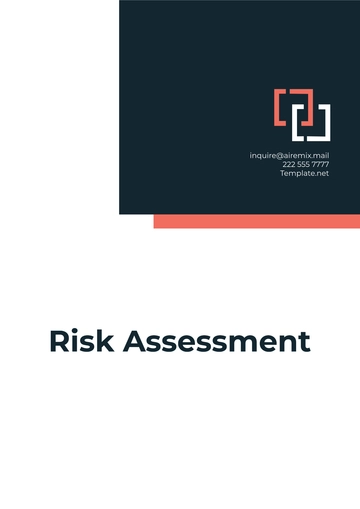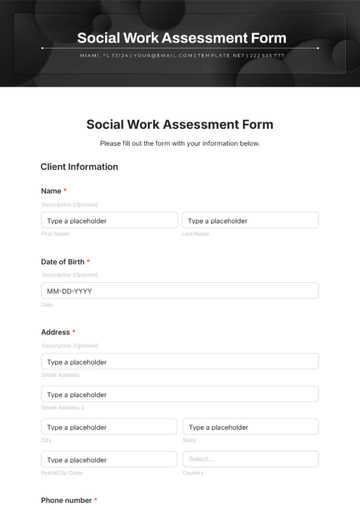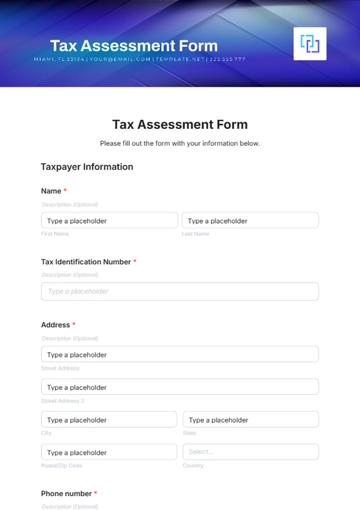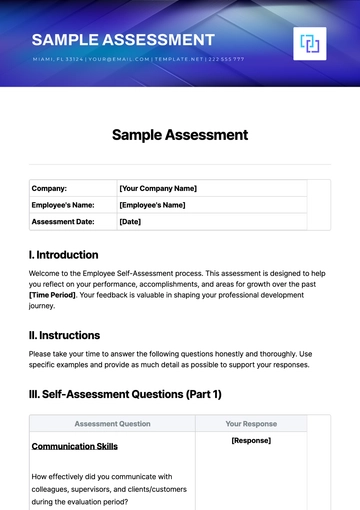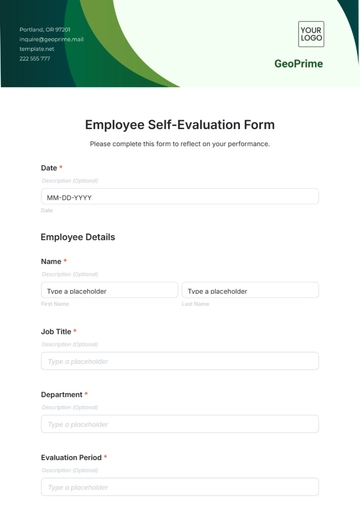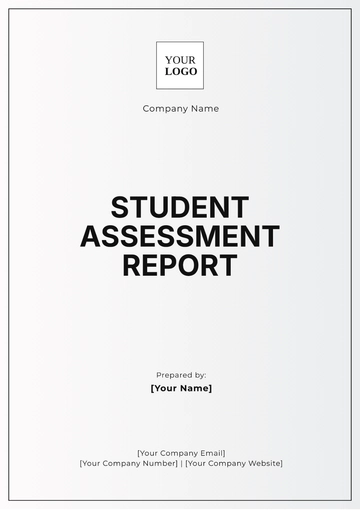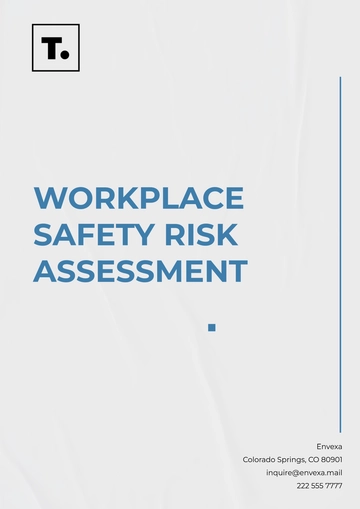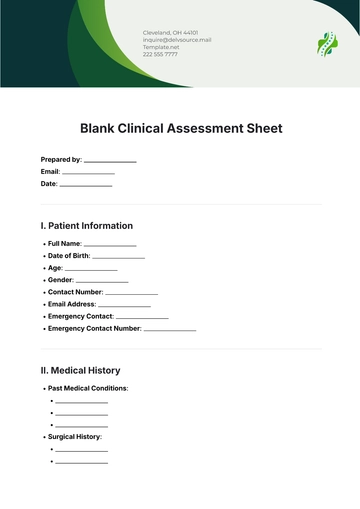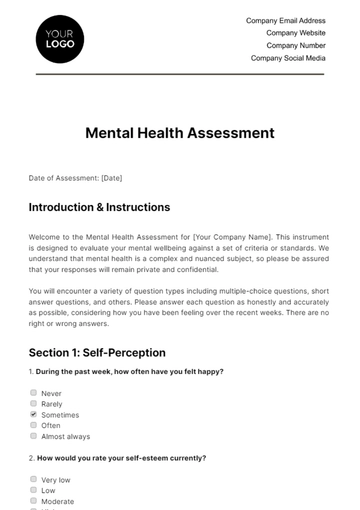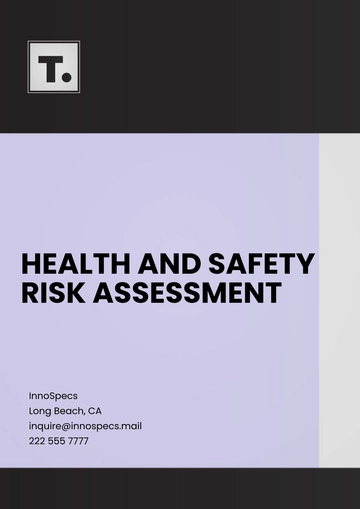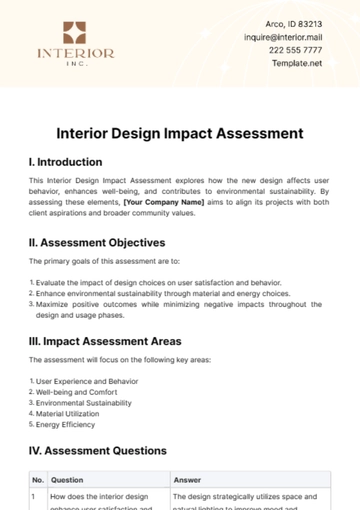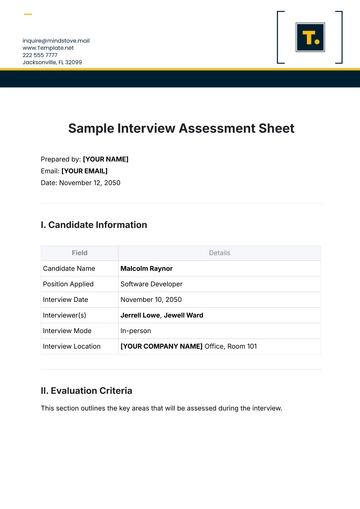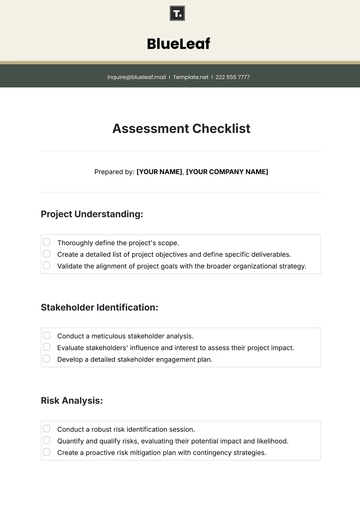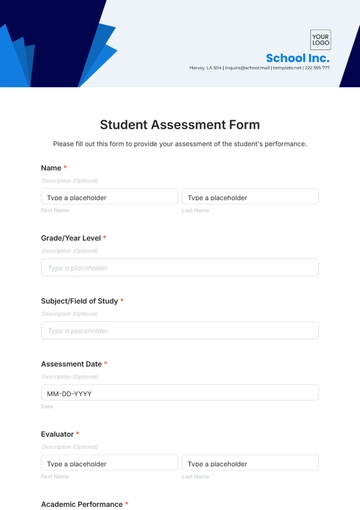Free Finance Receivable Assessment

In this Finance Receivable Assessment, [Your Company Name] meticulously evaluates its accounts receivable to gain valuable insights into credit policies, customer profiles, and risk mitigation strategies. This comprehensive analysis aims to fortify financial resilience, optimize cash flow, and ensure prudent management of outstanding receivables.
Executive Summary
This Finance Receivable Assessment aims to evaluate the current state of [Your Company Name]'s accounts receivable. Key findings indicate a 15% increase in total receivables, with a notable rise in the 61-90 days overdue category. Recommendations include strengthening credit policies and refining collection procedures to mitigate potential risks.
Introduction
This assessment is conducted to provide insights into [Your Company Name]'s accounts receivable, covering the period from [Month Day, Year], to [Month Day, Year]. The scope includes a comprehensive analysis of credit policies, bad debt reserves, customer profiles, and collection procedures, to enhance overall receivables management.
Business Overview
[Your Company Name], a leading provider of [industry] services operating in [locations], has experienced steady growth over the past five years. While the [industry] sector shows positive trends, increased competition and economic uncertainties present challenges that warrant a thorough evaluation of accounts receivable for informed decision-making.
Accounts Receivable Profile
Total Accounts Receivable:
Year | Total Receivables ($) |
|---|---|
[Year 1] | $[0] |
[Year 2] | $[0] |
Aging Analysis:
Aging Category | Amount ($) | Percentage of Total |
|---|---|---|
Current | $[0] | [0]% |
30-60 Days | $[0] | [0]% |
61-90 Days | $[0] | [0]% |
Over 90 Days | $[0] | [0]% |
Credit Policies and Procedures
[Your Company Name] employs a robust credit approval process, meticulously evaluating customer creditworthiness through considerations of financial stability, payment history, and industry reputation. The credit limit determination process is carefully aligned with industry standards, ensuring a balanced approach to risk management.
Bad Debt Reserves and Allowances
The calculation of bad debt reserves, set at 3% of total receivables, is supported by a consistent historical performance where actual bad debts closely match the reserved amounts. This prudent methodology, adjusted based on economic conditions, provides a reliable buffer against potential losses.
Customer Analysis
[Your Company Name]'s diverse customer base, encompassing small and large businesses across various industries, contributes to a resilient revenue stream. While most customers exhibit satisfactory payment histories, selective delays are observed within specific industries, warranting a nuanced approach to customer risk assessment.
Collection Policies and Procedures
With a proactive approach to collections, [Your Company Name] implements automated reminders, personalized communication strategies, and follow-up calls. The tiered communication system, starting with friendly reminders and escalating for overdue accounts, ensures an effective and customer-centric approach to debt recovery.
Legal Considerations
Regular reviews of contracts and terms of sale ensure clarity in payment terms, providing a solid foundation for legal remedies in case of non-payment. Legal actions, including engaging collection agencies and placing liens on assets, are aligned with contractual agreements and industry regulations, reinforcing the company's commitment to fair and lawful practices.
Cash Flow Impact Analysis
While the increase in total receivables positively impacts revenue, a slight decrease in cash flow necessitates efforts to accelerate collections and maintain liquidity. Strategies include exploring financing options and negotiating favorable credit terms with suppliers, ensuring a balanced approach to managing the impact of outstanding receivables on overall cash flow.
Technology and Tools Used in Receivables Management
[Your Company Name] leverages advanced receivables management systems that streamline credit assessment and monitoring processes. Technology-driven tools aid in real-time tracking of customer payment patterns, facilitating proactive decision-making and enhancing the overall efficiency of receivables management.
Risk Mitigation Strategies
In response to identified risks, [Your Company Name] implements a range of proactive strategies to mitigate credit risk. These strategies include periodic reviews of credit policies, ongoing communication with high-risk customers, and maintaining a diversified customer portfolio. Additionally, the company explores insurance coverage options to further safeguard against potential financial losses.
Recommendations
Based on the assessment findings, recommendations include a revision of credit policies to address the uptick in overdue payments, a reassessment of bad debt reserves to align with evolving economic conditions, and the implementation of targeted collection strategies for specific industries demonstrating payment delays. These measures aim to strengthen the company's overall financial health and resilience in the face of potential credit challenges.
Conclusion
In conclusion, the Finance Receivable Assessment provides valuable insights into [Your Company Name]'s accounts receivable, offering a foundation for strategic decision-making. By implementing the recommended measures, the company can enhance its credit management practices, optimize cash flow, and fortify its position in the dynamic market landscape.
- 100% Customizable, free editor
- Access 1 Million+ Templates, photo’s & graphics
- Download or share as a template
- Click and replace photos, graphics, text, backgrounds
- Resize, crop, AI write & more
- Access advanced editor
Elevate your financial analysis with Template.net's Finance Receivable Assessment Template. This editable and customizable template, powered by an intuitive AI Editor Tool, streamlines credit management. Effectively assess creditworthiness, optimize terms, and enhance collections processes effortlessly. Elevate your receivables management with precision and efficiency, ensuring financial stability. Transform your financial approach today with this cutting-edge template from Template.net!


